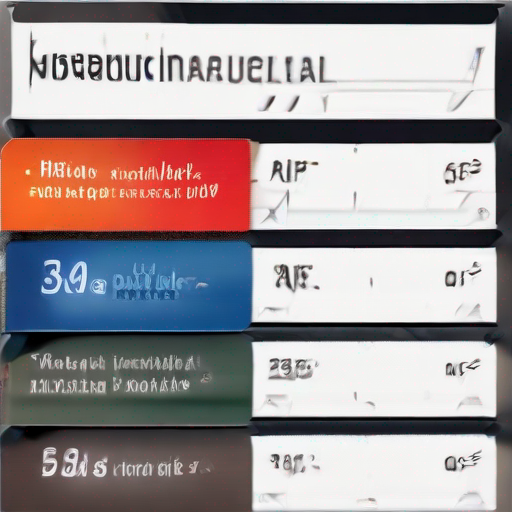Content Syndication Canonical Tags: Boost SEO Efforts
As the digital landscape continues to evolve, content syndication has become an essential strategy for many businesses. By sharing high-quality content across multiple platforms, organizations can increase their online presence, drive traffic, and boost conversions. However, when it comes to optimizing these syndicated contents for search engines, content syndication canonical tags play a crucial role.
In this article, we'll delve into the world of content syndication canonical tags and explore how they can help boost SEO efforts. We'll also examine the benefits of using canonical tags, discuss common mistakes to avoid, and provide actionable tips for implementing them effectively.
What are Content Syndication Canonical Tags?
Canonical tags are a type of HTML tag that helps search engines understand which version of a piece of content is the original or "canonically" preferred version. In the context of content syndication, canonical tags become essential when multiple versions of the same content exist across different platforms.
For example, imagine you create an article on your company blog and then share it on Medium, LinkedIn, and Twitter. While the core message remains the same, each platform may have its own unique formatting, titles, and meta descriptions. Without canonical tags, search engines might struggle to determine which version is the original or most authoritative.
Benefits of Using Canonical Tags
By using content syndication canonical tags, you can:
- Avoid duplicate content issues: By specifying a single preferred version of the content, you help search engines avoid indexing multiple versions, which can lead to penalties.
- Improve SEO: By indicating the original source of the content, you can enhance your website's authority and credibility in the eyes of search engines.
- Reduce confusion for users: When users land on multiple versions of the same content, it can be frustrating. Canonical tags help ensure they see the original version with the most accurate information.
Common Mistakes to Avoid
When implementing canonical tags, many businesses make the following mistakes:
- Not specifying a canonical tag at all: Leaving out canonical tags entirely can lead to duplicate content issues and confuse search engines.
- Incorrectly specifying a canonical tag: Failing to include the correct URL or incorrectly linking to another version of the content can cause more harm than good.
- Using canonical tags for different purposes: Misusing canonical tags as a way to manipulate search engine rankings or hide low-quality content can result in penalties.
Best Practices for Implementing Canonical Tags
To ensure effective implementation, follow these best practices:
- Specify the original URL: Always link to the original version of your content, not another syndicated version.
- Use absolute URLs: Ensure that your canonical tags include the full URL path, including the domain and any query parameters.
- Be consistent across platforms: Apply canonical tags consistently across all platforms where you syndicate your content.
Example Table
Here's an example of how to implement canonical tags for a piece of content shared on multiple platforms:
| Platform | Original URL | Canonical Tag |
|---|---|---|
| Company Blog | https://example.com/blog/article | |
| Medium | https://medium.com/@author/article-on-medium | |
| https://www.linkedin.com/pulse/article-on-linkedin |
Conclusion
Content syndication canonical tags are a crucial component of any SEO strategy. By understanding the benefits and best practices for implementing these tags, you can avoid common mistakes and improve your online presence. Remember to specify the original URL, use absolute URLs, and be consistent across platforms.
For more information on content syndication and canonical tags, check out content syndication canonical tags for expert insights and actionable tips.
Key Takeaways
- Specify a canonical tag: Indicate the original version of your content to avoid duplicate content issues.
- Use absolute URLs: Ensure that your canonical tags include the full URL path, including the domain and any query parameters.
- Be consistent across platforms: Apply canonical tags consistently across all platforms where you syndicate your content.
- Avoid common mistakes: Don't forget to specify a canonical tag at all, incorrectly link to another version of the content, or misuse canonical tags as a way to manipulate search engine rankings.
